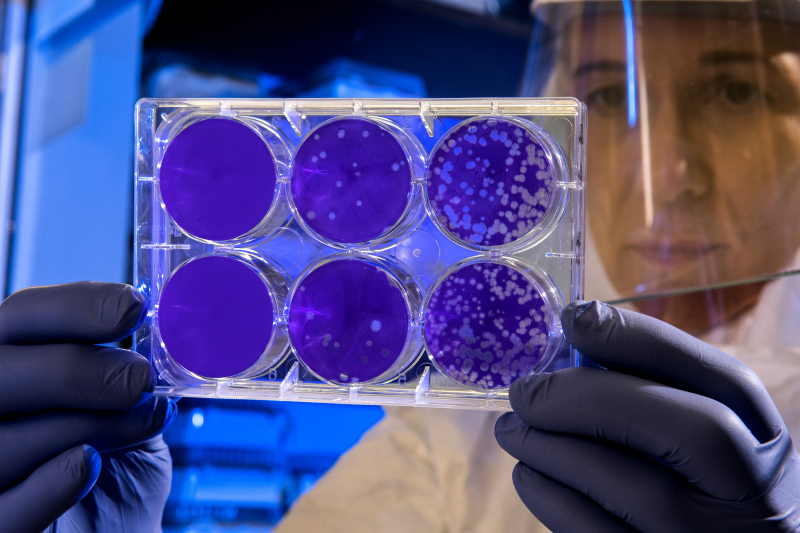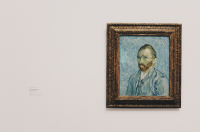High-speed quantum encryption for secure internet. A group of researchers have developed a new system is capable of creating and distributing encryption codes at megabit-per-second rates, which is five to 10 times faster than existing methods and on par with current internet speeds when running several systems in parallel. The researchers demonstrate that the technique is secure from common attacks, even in the face of equipment flaws that could open up leaks.
World’s smallest tape recorded built from microbes. Researchers at Columbia University Medical Center modified an ordinary laboratory strain of the ubiquitous human gut microbe Escherichia coli, enabling the bacteria to not only record their interactions with the environment but also time-stamp the events. It lays the groundwork for a new class of technologies that use bacterial cells for everything from disease diagnosis to environmental monitoring.
Deep learning used to reconstruct holograms and improve optical microscopy. UCLA researchers report that they have developed new uses for deep learning: reconstructing a hologram to form a microscopic image of an object and improving optical microscopy. Researchers say that the results is broadly applicable to any phase recovery and holographic imaging problem, and this deep-learning-based framework opens up myriad opportunities to design fundamentally new coherent imaging systems.
Tiny robots to help diagnose and treat illness in hard-to-reach places. In tests, a swarm of robots measuring a few millionths of a metre long - about the size of a blood cell - were guided magnetically to sites in the stomach of rats. The robots were manufactured by coating tiny algae with magnetic particles. Scientists suggest their findings could lead to a way to deliver drugs to parts of the body that are otherwise difficult to treat.
Imaging technique unlocks secrets of 17th century artists. Using terahertz scanners and the processing technique originally designed for oil exploration, researchers at the Georgia Institute of Technology are getting an unprecedented look at how artists did their work three centuries ago. The level of detail produced by this terahertz reflectometry technique could help art conservators spot previous restorations of paintings, highlight potential damage - and assist in authenticating the old works. It also has applications in detecting skin cancer, measuring thickness of automotive parts and others.




